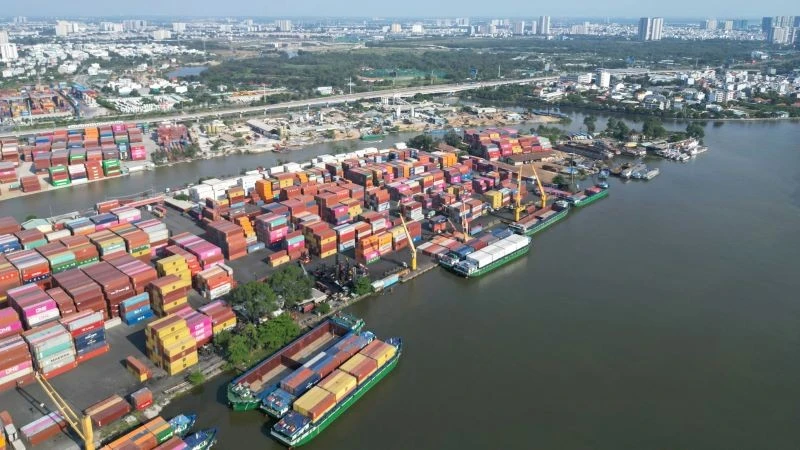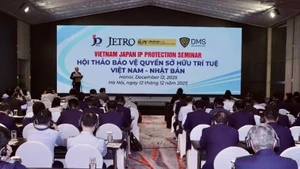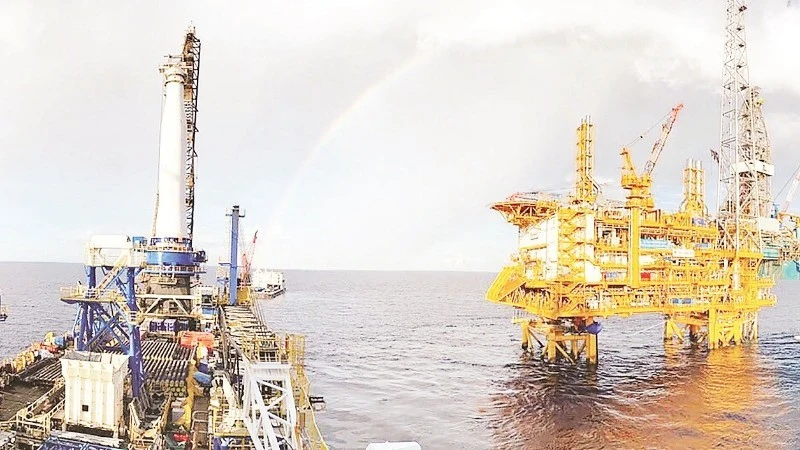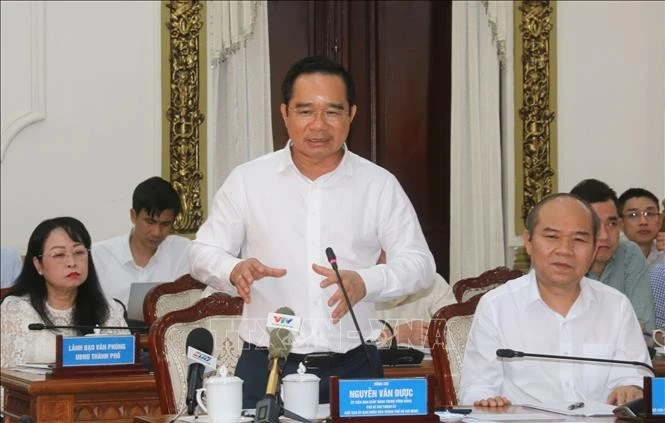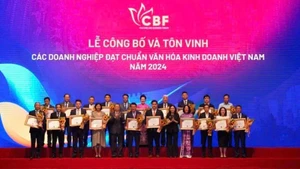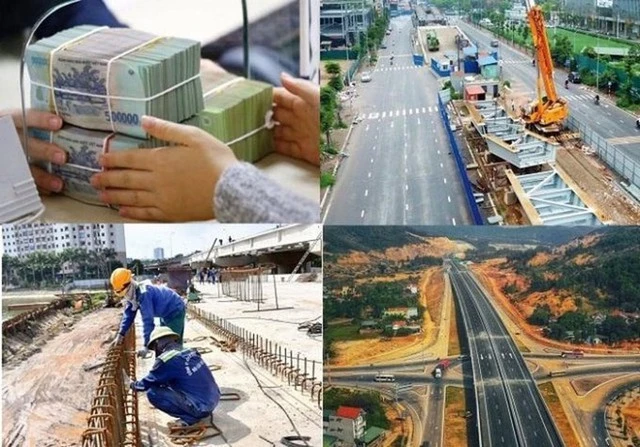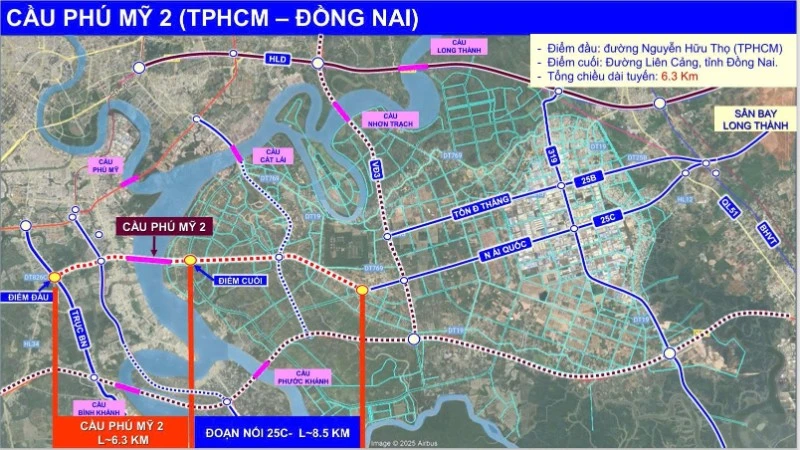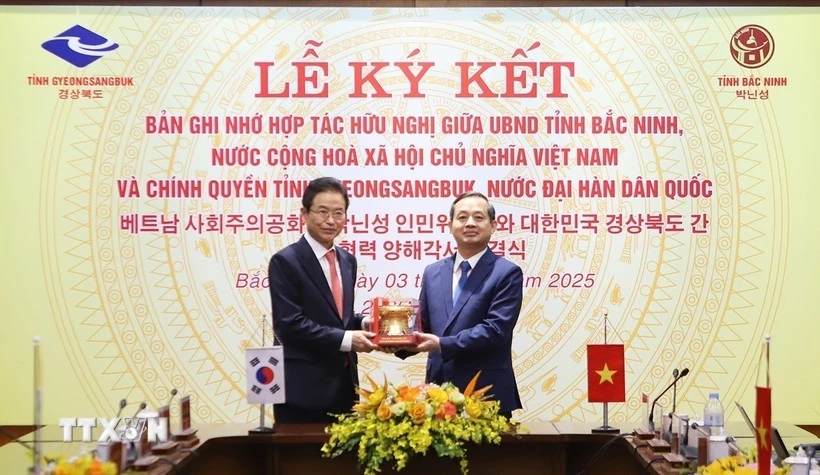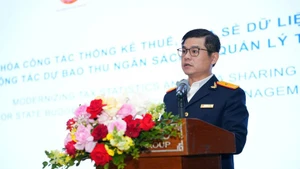However, the sector is also facing considerable challenges, requiring rapid transformation and adaptation to global trends.
“Golden” opportunity for logistics
According to experts, Viet Nam’s logistics sector has been growing strongly at a rate of 14–16% per year, ranking among the world’s top 10 emerging markets and fourth in Southeast Asia. It contributes around 4–5% to national GDP but still struggles with high costs and limited competitiveness.
Logistics costs account for over 16% of GDP, significantly higher than the global average of 10–11%. Meanwhile, Viet Nam’s 2023 Logistics Performance Index (LPI) ranked 43rd out of 139 countries — four places lower than in 2018 — indicating a decline in global competitiveness.
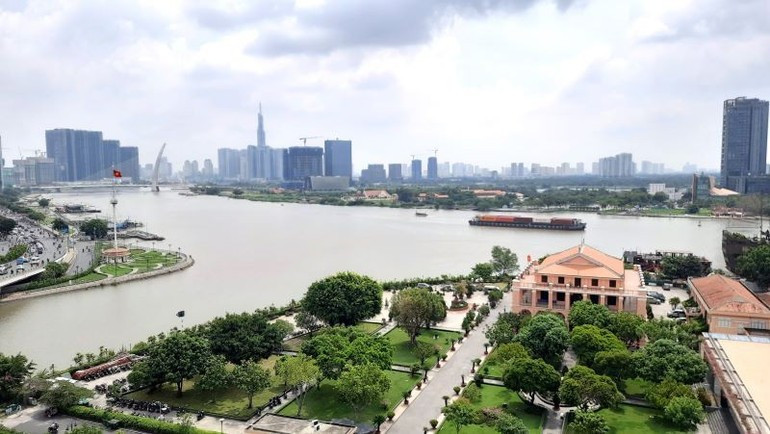
In Ho Chi Minh City, the recent administrative merger has created a megacity with unprecedented economic and logistics potential - a historic opportunity to resolve long-standing bottlenecks and generate new growth momentum.
According to Nguyen Hoai Chung from the Ho Chi Minh City Logistics Association, before this strategic merger, the three localities of former Ho Chi Minh City, former Binh Duong, and former Ba Ria–Vung Tau, though naturally connected economically, operated as relatively independent logistics systems. This created a fragmented and inefficient overall landscape.
“Before the strategic merger, the three localities — former Ho Chi Minh City, former Binh Duong, and former Ba Ria–Vung Tau — though naturally linked economically, operated as separate logistics systems, creating a fragmented and inefficient overall landscape.”
— Nguyen Hoai Chung, Ho Chi Minh City Logistics Association
Each locality possessed its own strengths but also faced inherent bottlenecks. The lack of synchronised connectivity among the three regions resulted in paradoxes in both growth and cost.
Before the merger, Ho Chi Minh City had long affirmed its role as the nation’s economic locomotive and the largest financial, service, and consumer hub in Viet Nam. The city’s logistics industry experienced a spectacular growth rate of 17.85% in 2024, contributing 25.4% to the overall GRDP growth.
The main driving force behind this breakthrough has been the boom of e-commerce, which has turned the city into one of the most dynamic centres for delivery and order fulfillment in the country.
However, according to Nguyen Hoai Chung, this rapid expansion has also exposed serious infrastructure constraints. The city has become the focal point of severe congestion.
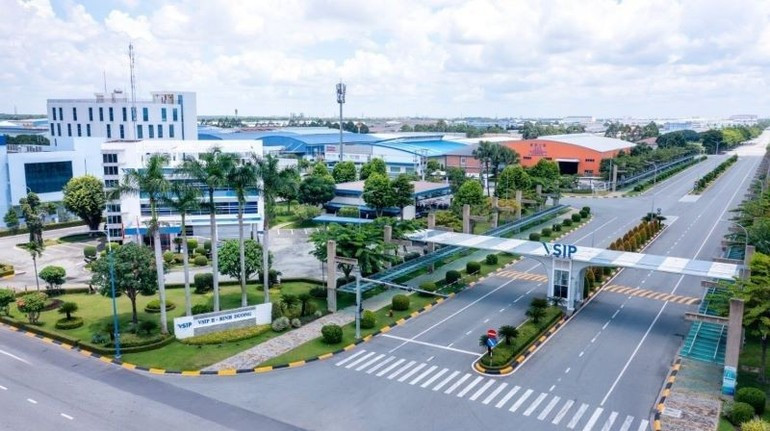
The transport system, especially ring roads and main radial routes connecting to ports, frequently suffers from heavy congestion, sharply increasing transport time and costs.
The biggest bottleneck is Cat Lai Port, which has been operating far beyond its designed capacity, causing persistent congestion both inside and outside the port and affecting the entire supply chain.
Experts said that merging the three localities into a single megacity will create a unified economic–urban entity of exceptional scale and capacity, opening up unprecedented opportunities for the region.
The three pillars
The synergy created by combining the distinctive strengths of each locality (Ho Chi Minh City, Binh Duong, and Ba Ria–Vung Tau) will serve as the main driving force behind the new megacity’s competitiveness on the global logistics map.
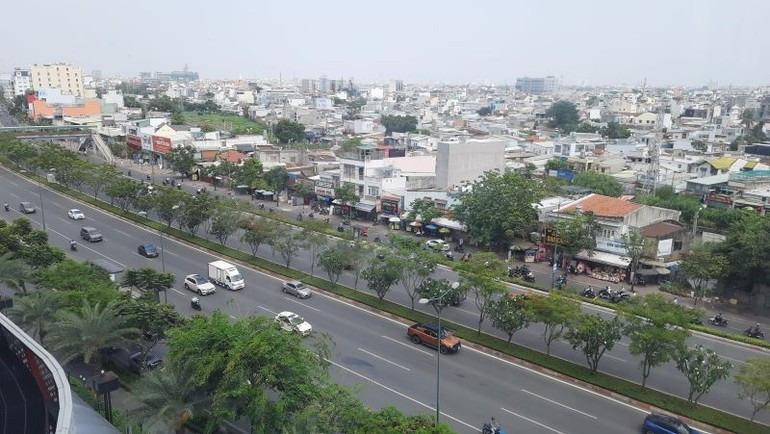
The greatest opportunity lies in breaking down administrative barriers and localised mindsets, allowing for the planning and operation of an integrated, efficient, and highly specialised logistics supply chain.
According to Nguyen Hoai Chung, instead of a fragmented supply chain disrupted by inter-provincial traffic and administrative obstacles, the new megacity can establish a perfectly balanced “three-pillar” model.
The first pillar is the Manufacturing and Consolidation Hub (former Binh Duong). As the “factory” of the nation, Binh Duong will be specialised as a centre for high-tech manufacturing and the development of logistics facilities, bonded warehouses, and large-scale inland container depots (ICDs) to consolidate goods from industrial zones.
The second pillar is the Command and Services Centre (former Ho Chi Minh City). With its strengths in finance, technology, and high-quality human resources, Ho Chi Minh City will serve as the “brain” of the entire system.
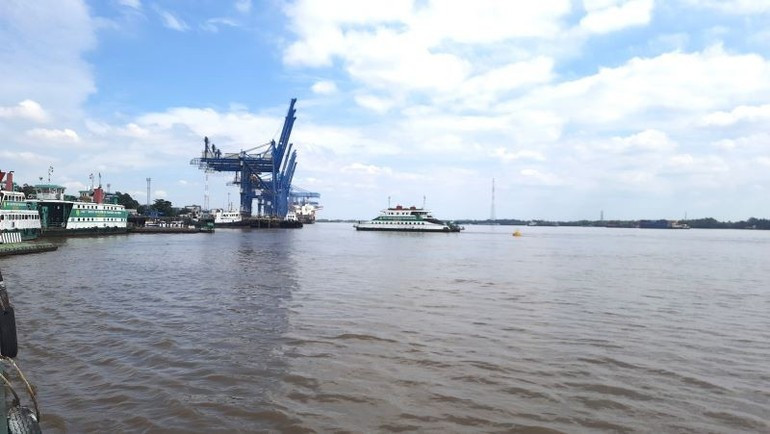
The third pillar is the Global Trade Gateway (former Ba Ria–Vung Tau). With the Cai Mep–Thi Vai deep-water port complex, Ba Ria–Vung Tau will be planned as the main gateway for exports and international transshipment, directly and efficiently connected to production centers via railways and expressways. This will free it from domestic cargo pressure and allow it to focus on its strategic global role.
This model transforms a series of current bottlenecks into an efficient value chain — spanning from production, finance, and coordination to global distribution.
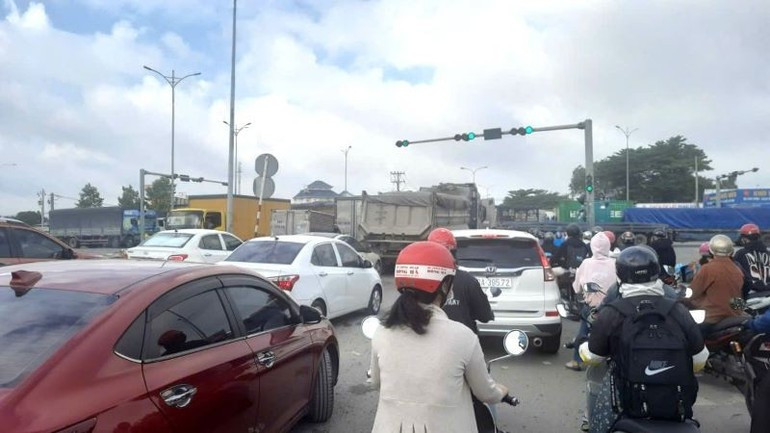
Experts note that along with the vast opportunities, the merger also presents major challenges. Without decisive and coordinated solutions, existing bottlenecks could worsen, undermining potential benefits.
Along with the vast opportunities, the merger also presents major challenges. Without decisive and coordinated solutions, existing bottlenecks could worsen, undermining potential benefits.
The most urgent and formidable challenge lies in transport infrastructure, which remains underdeveloped and inadequate for the city’s new growth context. The current post-merger transport network lacks synchronisation, suffers from weak connectivity, and is frequently overloaded. It has been often described as a “bottleneck” constraining development.
Excessive dependence on road transport, while more efficient modes such as rail and waterways remain underdeveloped, is the main cause of high logistics costs and chronic congestion.
To operate a world-class logistics hub, human capital is the decisive factor. However, Viet Nam’s logistics industry, including Ho Chi Minh City, is facing a severe shortage of high-quality personnel, especially experts in supply chain management, data analytics, logistics technology application, and automated system operations.
Although the workforce is large, most workers lack proper training and fail to meet the demands of an internationally competitive environment. This presents a significant barrier that must be addressed through a comprehensive human resource development strategy.
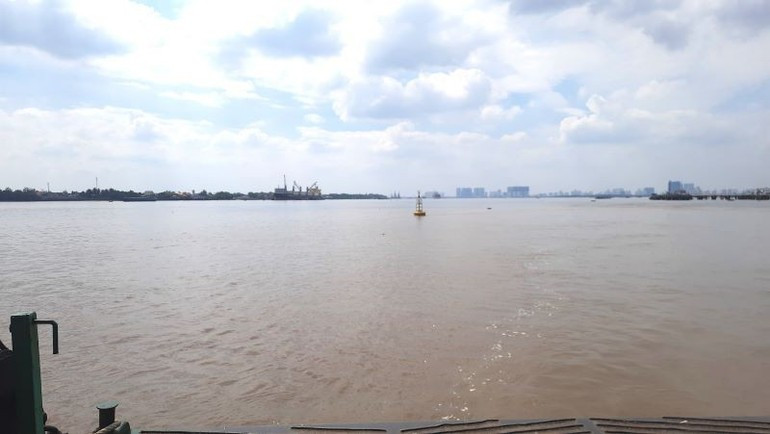
To realise the vision of transforming the new Ho Chi Minh City megacity into a global logistics hub, a comprehensive, decisive, and long-term strategy is essential. These measures must be implemented as an integrated policy package, since investment in the “hardware” (infrastructure) will not yield full results without the “software” (including institutions, technology, and human capital).
